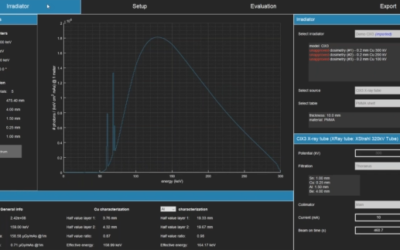Basal-cell carcinoma is the most common cancer worldwide, with more than 2 million lesions treated in the USA in 2006.1,2 In the UK, many basal-cell carcinomas are not registered, which greatly underestimates the numbers of individuals affected.3 Incidence is increasing, with patients developing lesions, particularly truncal types, at an earlier age.1 The burden, and cost, on health-care providers is substantial, although still not properly quantified in health economic analyses. Basal-cell carcinoma has diverse subtypes: facial lesions, which are mainly nodular; truncal lesions, which occur mainly as multiple superficial lesions; infiltrative or morphoeic lesions with ill-defined visible margins; and advanced carcinoma, which is inappropriate for surgery and radiotherapy.
John T Lear







